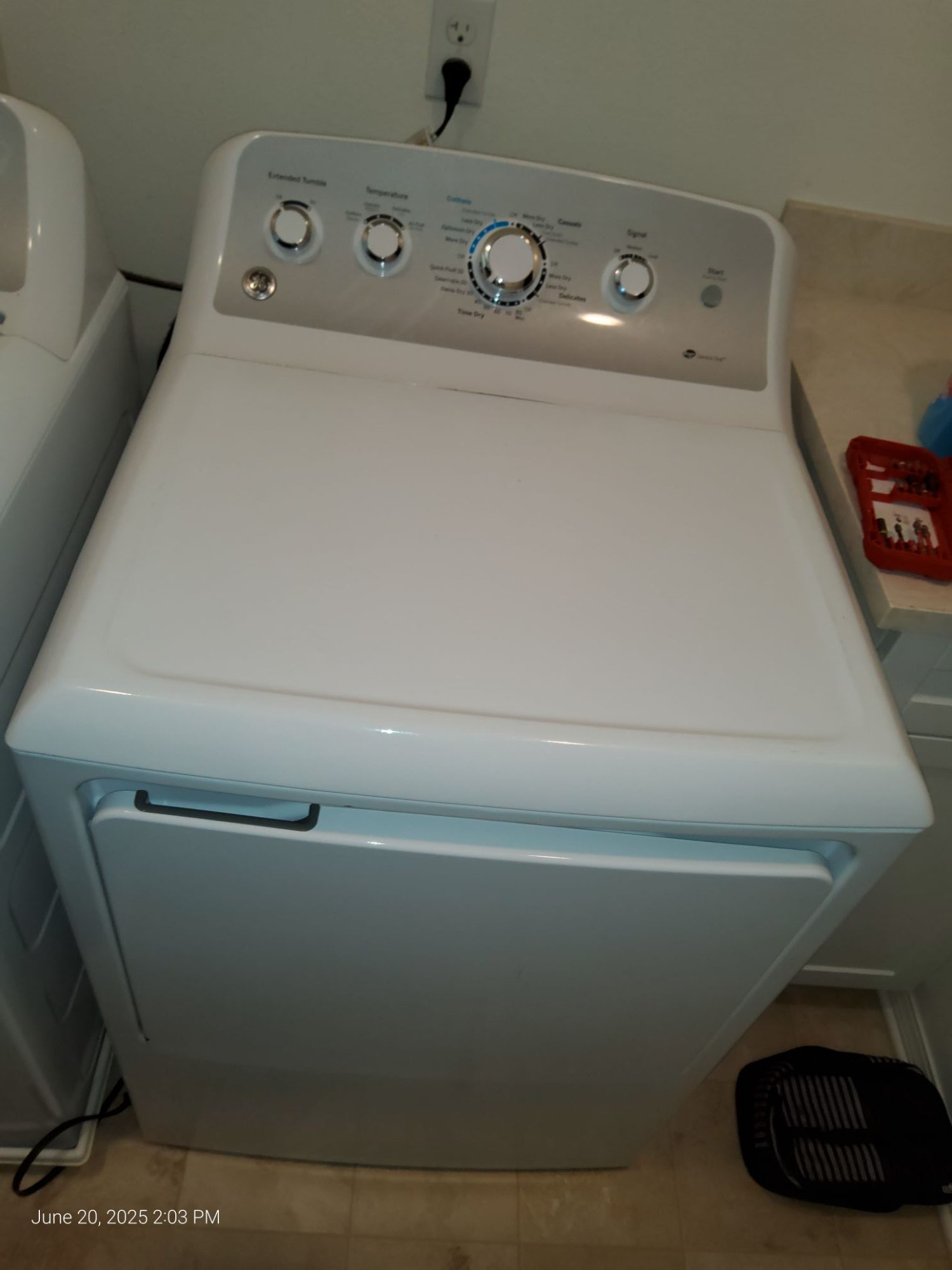Finding lint all over your freshly washed clothes can be frustrating, especially when you expect them to come out clean and ready to wear. This problem is more than just a cosmetic annoyance — it can signal an underlying issue with your washing machine. Two common culprits are a damaged lint filter or worn drum paddles. Understanding how these components work, why they fail, and how to address the problem can save you from ruined laundry and potentially expensive repairs.
How the Lint Filter Works
Many washing machines have a lint filter designed to trap fibers, hair, and other debris released during the wash cycle. In older top-loading models, the lint filter is usually a removable mesh screen. In newer front-loading machines, the lint trap might be integrated into the drain pump filter.
If the lint filter becomes damaged, clogged, or completely worn out, it can no longer trap lint effectively. As a result, those tiny fibers remain in the water and settle back onto your clothing, leaving them covered in fuzz.
Signs of a Damaged Lint Filter:
- Visible holes or tears in the mesh
- Persistent lint on clothes even after cleaning the filter
- Filter components that don’t fit securely back into place
The Role of Drum Paddles
Drum paddles, also called lifters, are the plastic or metal fins inside the washing machine drum. They serve several purposes: moving clothes through water and detergent, improving agitation, and helping to distribute laundry evenly.
When drum paddles become worn or damaged, their ability to move garments efficiently decreases. This can cause fabric to rub together excessively, which leads to more lint production. In some cases, rough or cracked paddles can even snag fabric, pulling fibers loose and worsening the lint problem.
Signs of Worn Drum Paddles:
- Cracks or rough edges
- Loose paddles that shift during the wash cycle
- Noticeable damage after inspecting the drum interior
Why Lint Problems Shouldn’t Be Ignored
While lint may seem harmless, constant lint deposits on clothing can be an indication of greater mechanical wear. Ignoring the problem can lead to:
- Increased fabric wear — Lint is essentially broken fibers, meaning your clothes are wearing out faster.
- Drainage issues — Excess lint can clog the drainage system, leading to standing water or pump failure.
- Additional mechanical strain — Worn components can stress the motor, bearings, or other machine parts.
Preventing Lint on Clothes
A few regular maintenance steps can help reduce lint buildup:
- Clean the lint filter after every few washes — Even partial clogs can reduce efficiency.
- Check pockets before washing — Tissues, paper, or linty items can exacerbate the issue.
- Wash similar fabrics together — Mixing heavy lint producers (like towels) with lint attractors (like synthetics) increases lint transfer.
- Use the correct detergent amount — Too much detergent can create excess suds, trapping lint.
- Inspect drum paddles regularly — Catching damage early can prevent worsening wear.
When Repairs Are Necessary
If cleaning the filter and adjusting laundry habits doesn’t solve the lint problem, professional service is the next step. A technician can:
- Replace a damaged lint filter with the correct model for your machine
- Repair or replace worn or broken drum paddles
- Check for related damage to the drum, pump, or motor
- Ensure all seals and fittings are secure to prevent debris circulation
The Bottom Line
Clothes coming out of the wash covered in lint can point to a failing lint filter or worn drum paddles — both of which can compromise the efficiency and longevity of your washing machine. The sooner the problem is addressed, the less likely it is to cause further damage or lead to higher repair costs.
If your washing machine is leaving lint on clothes despite your best cleaning efforts, it’s time to bring in an expert. Professional diagnosis and repair can restore your appliance to peak performance and save your wardrobe from ongoing damage.
For fast, reliable washing machine repairs, contact HOME APPLIANCE SERVICE CENTER today. Our skilled technicians can identify the cause of the lint problem, replace worn parts, and ensure your laundry comes out fresh and lint-free every time. Call us now to schedule your service appointment and get your washer back in perfect working order.
Contact us
 619-928-5000
619-928-5000  Request Service
Request Service 
